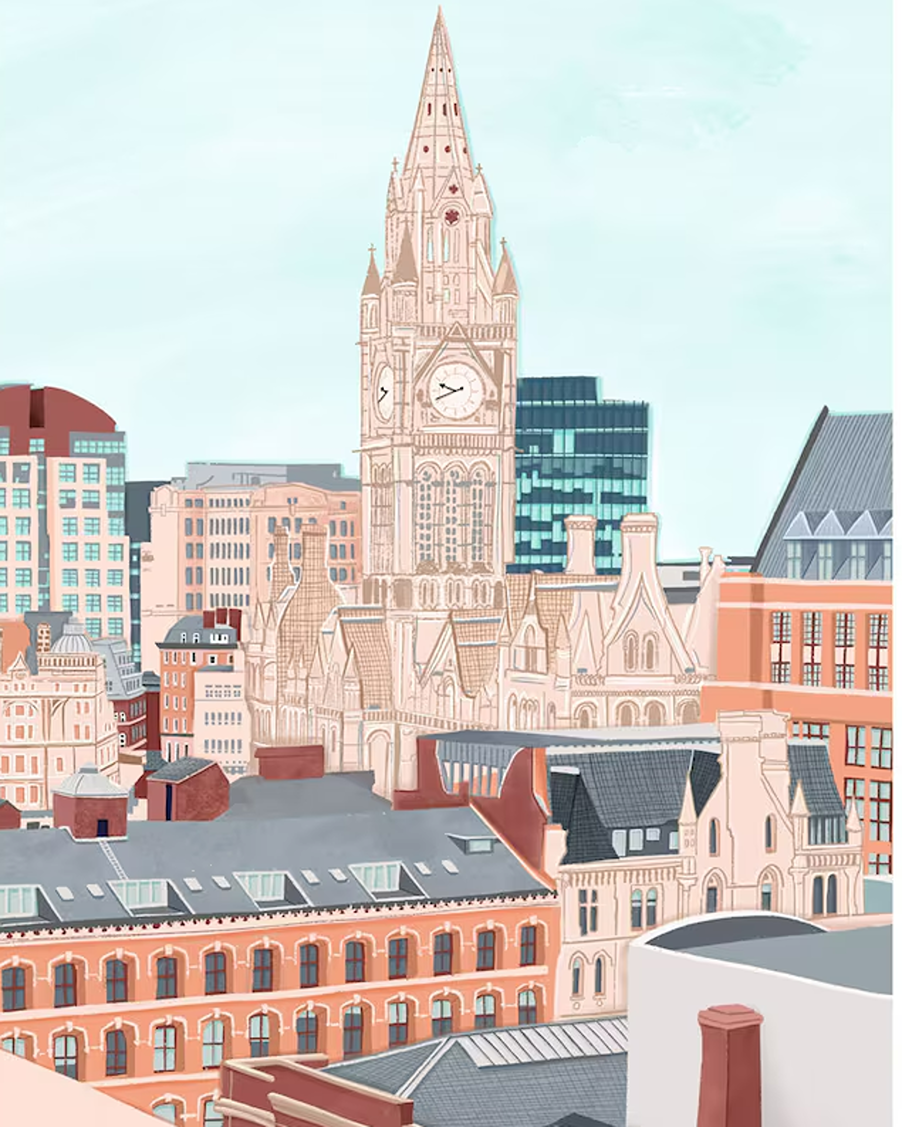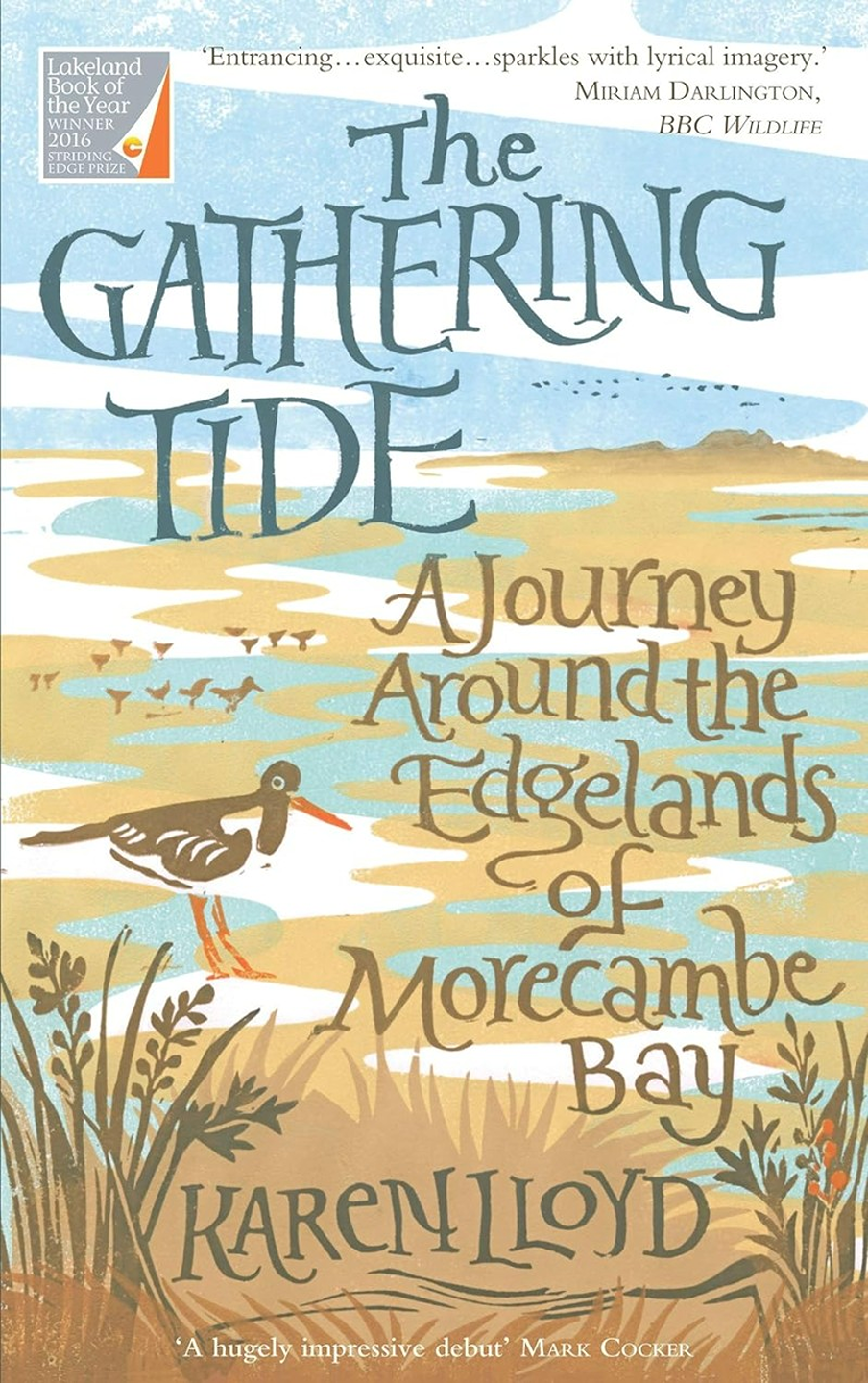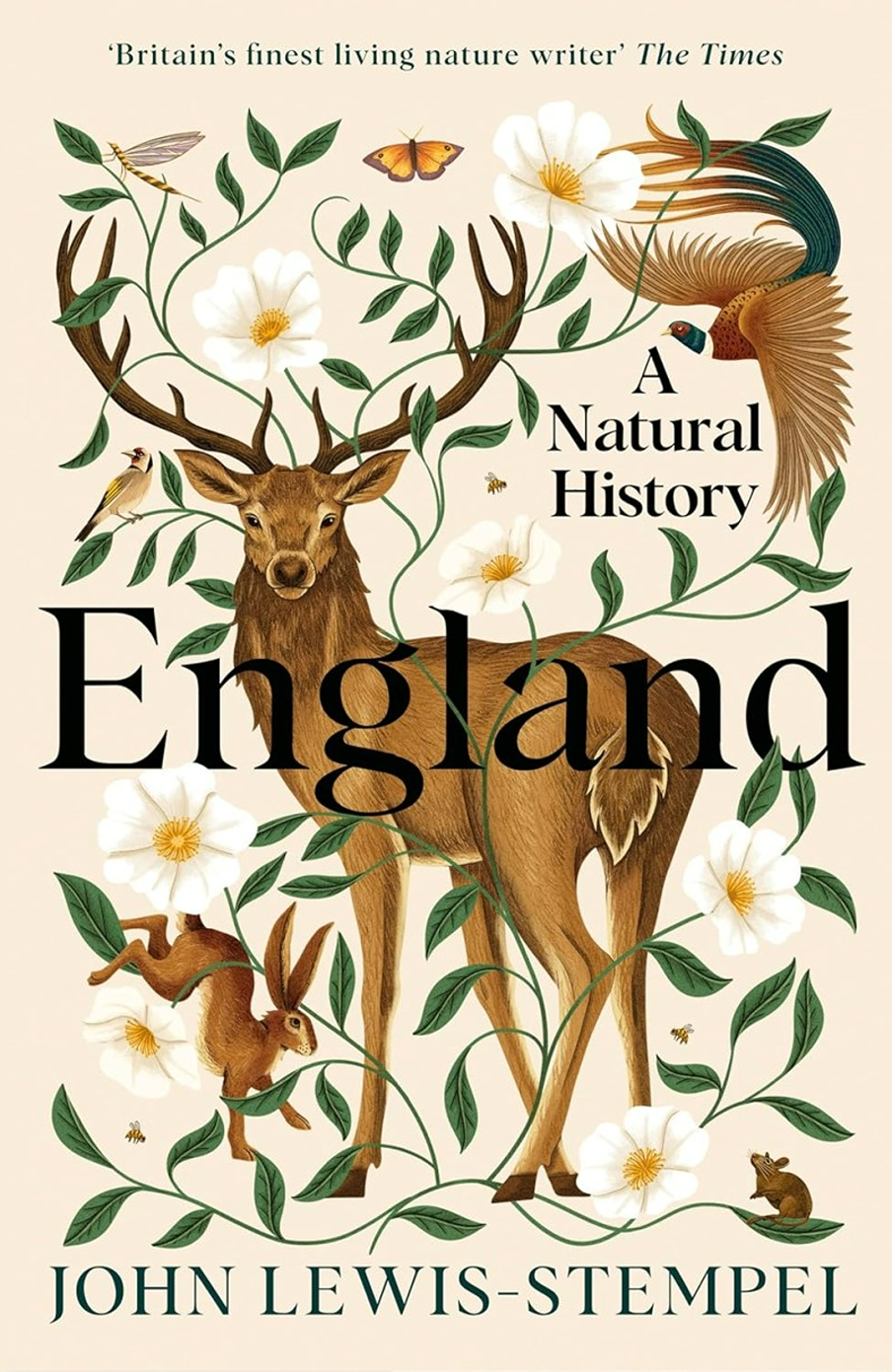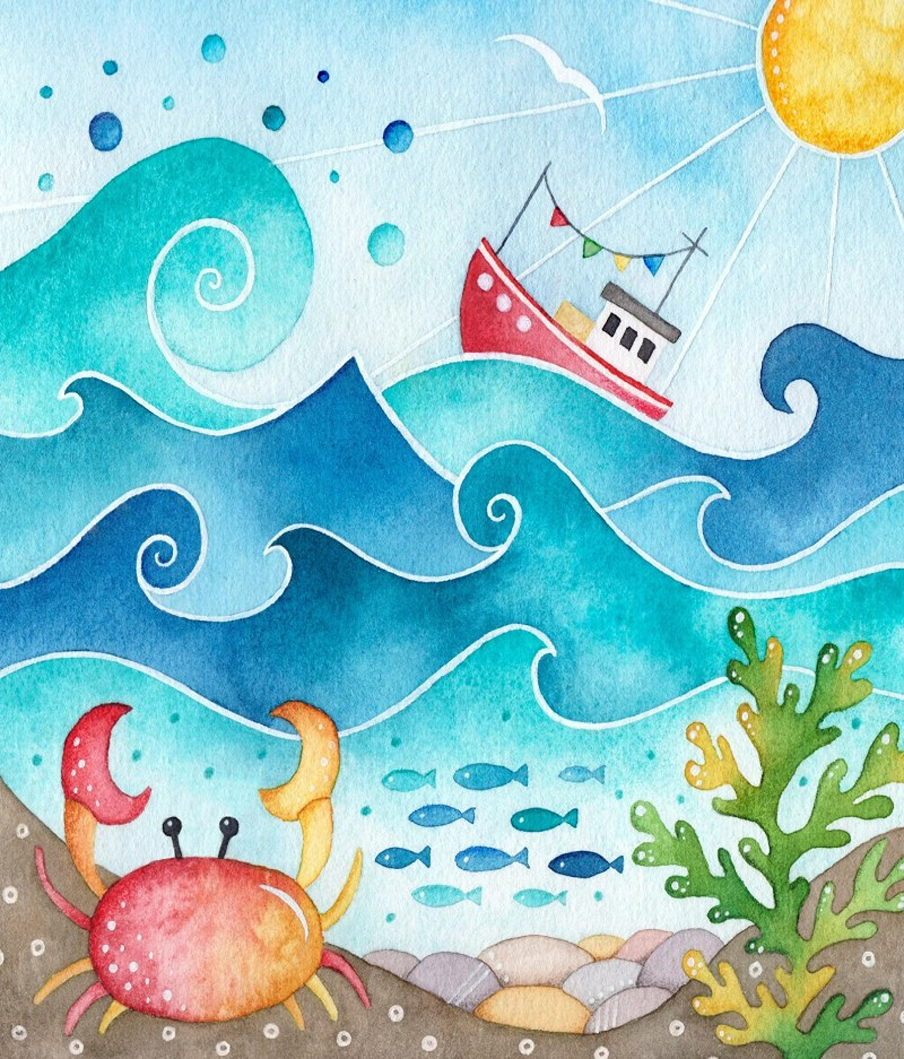
Ecological writer Satish Kumar once wrote that ‘unless you know Nature, you cannot love her’. Likewise, if we wish to protect England’s green and pleasant land, it’s important to get to know why. People who drop fast food litter, pollute our seas with oil and hunt our precious wildlife, obviously were never taught all about why our land is so beautiful and precious.
Lancashire is a mostly rural county, although it’s home to Manchester, one of England’s most vibrant cities. It features the stunning Morecambe Bay coast (take care when walking here, this is where the Chinese cockle pickers drowned a few years ago, there is lots of dangerous tides and sinking mud).

Manchester is one of England’s biggest and busiest cities, although it’s not far from plenty of rural countryside. Obviously known for its football, it’s also known for being the most multilingual city, with around 50% of people speaking another language (Curry Mile has a stretch of Asian foodie restaurants more dense than anywhere outside Asia).
Castlefield (the image above) is an inner city conservation area, bound by the River Irwell. It’s the site of the Roman fort of Mancunium (from where Manchester gets it name!)
the urban city of Salford
The city of Salford is dominated by a residential skyscraper, though years ago it was mostly urban with a thriving industry for cotton weaving, brewing, cobbling and clog-making. Its success did not stop bad town planning, with many people living in overcrowded Victorian terraced houses. And although these were pulled down in the 1960s, they were replaced with ugly tower blocks (even today, people are turning their heating off or living in one room, as the cladding (removed after Glenfell) has still not been replaced with a safe version. ‘Regeneration projects’ are focusing on pulling down terrace houses (some once used for opening sequences for Coronation Street) to replace with five-star hotels, rather than affordable homes for local people.
Many notable people are from here including Ewan MacColl (who wrote the folk song Dirty Old Town), two of the Manchester United players who died in the 1958 Munich air disaster (one passenger who survived was Bobby Charlton) and ‘Letter from America’s Alistair Cooke, who presented his program on BBC Radio 4 for several decades. A tragedy after his death is that illegal gangs sold his bones to the medical industry (he died from bone cancer, so the tissue was not even healthy). And all this happened in a country that Alastair spent his life endearing us to. On a happier note, another local resident was Lesley Whittaker. She co-founded the PEOPLE Party in 1972, which later became – the Green Party.
journeying the Edgelands of Morecambe Bay

The Gathering Tide is a personal journey around 60 miles of ‘nature’s ampitheatre’ by a writer who embarks on a series of walks to take in beguiling landscapes and ever-changing seascapes, while telling the stories of places, people, wildlife and history of Morecambe Bay. Meet the King’s Guide to the Sands, discover forgotten caves and islands (that don’t exist) and delight in the simple beauty of an oystercatcher, winging its way across the ebbing tide.
As we walk with Karen, she explores her own memories of the bay, makes an unwitting pilgrimage through her own past and present, for a moving account of one of England’s coastal areas. Karen Lloyd is an award-winning nature writer and environmental activist based in Cumbria, and is Writer in Residence at University of Lancaster.
North Country is a beautiful and unique anthology of writing on nature and place, focusing on the north of England. From Thomas Bewick to Lemn Sissay and from Sarah Hall to the Brontës, find writings on everything from curleys to ‘the music of the Fells’.
North Country abounds with beauty from the dramatic Lakeland Fells (celebrated by writers and artists for eons) to unspoiled Northumberland beaches. This book discovers and celebrates wide estuaries, winding rivers, sheer cliffs, rushing waterfalls, ancient woodland, limestone pavements and miles of hedgerows and drystone walls, sustainability built (and rebuilt) over centuries. All form part of the North’s rich natural heritage. However these landscapes are also at risk. The curlew’s call is isolated, and many other species are in decline. Industry, urban sprawl and climate chaos threaten our planet. And conservation is often overlooked for short-term economic gain. This book reminds us why Northern people defend their open spaces, and demand action on pollution and habitat loss.






